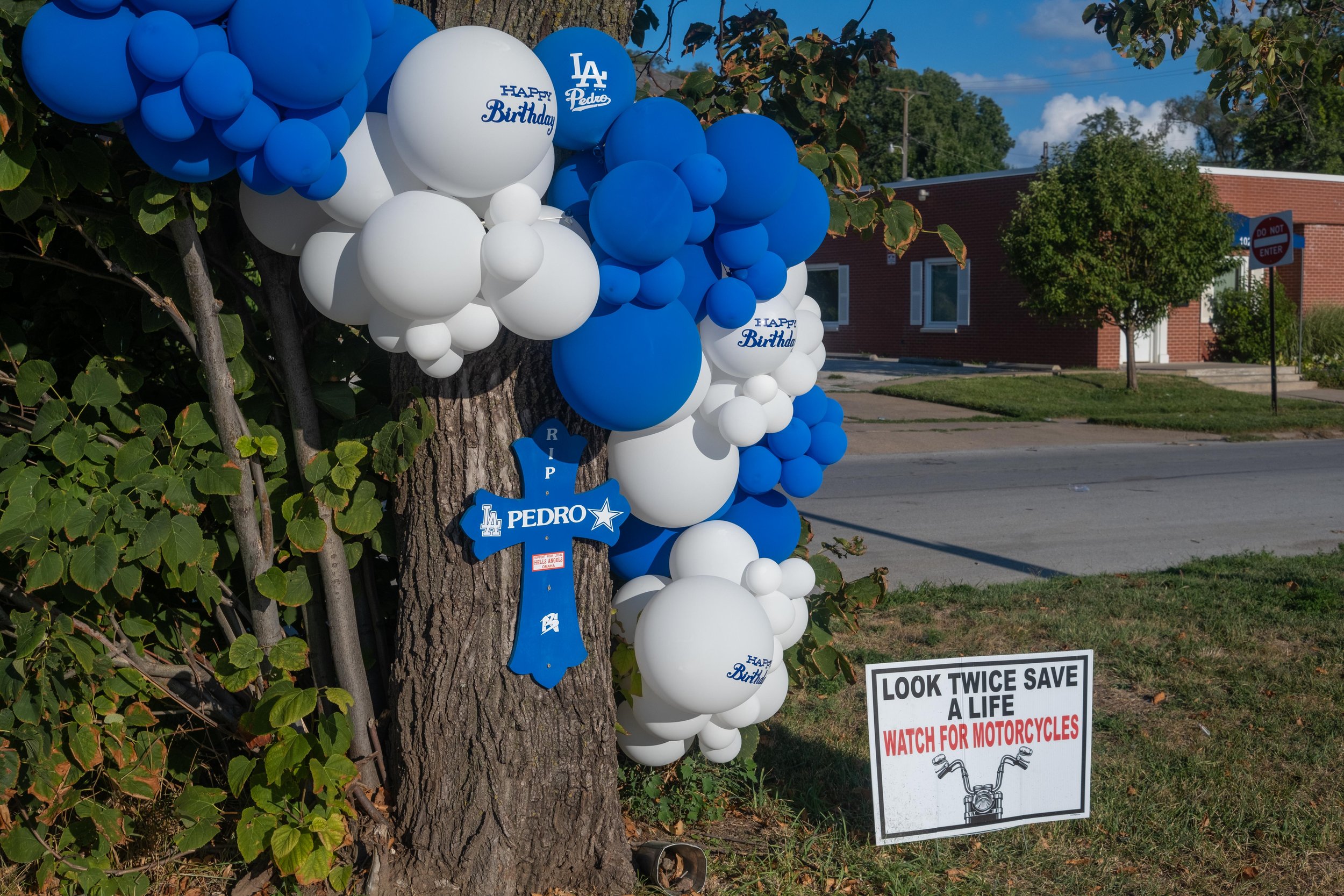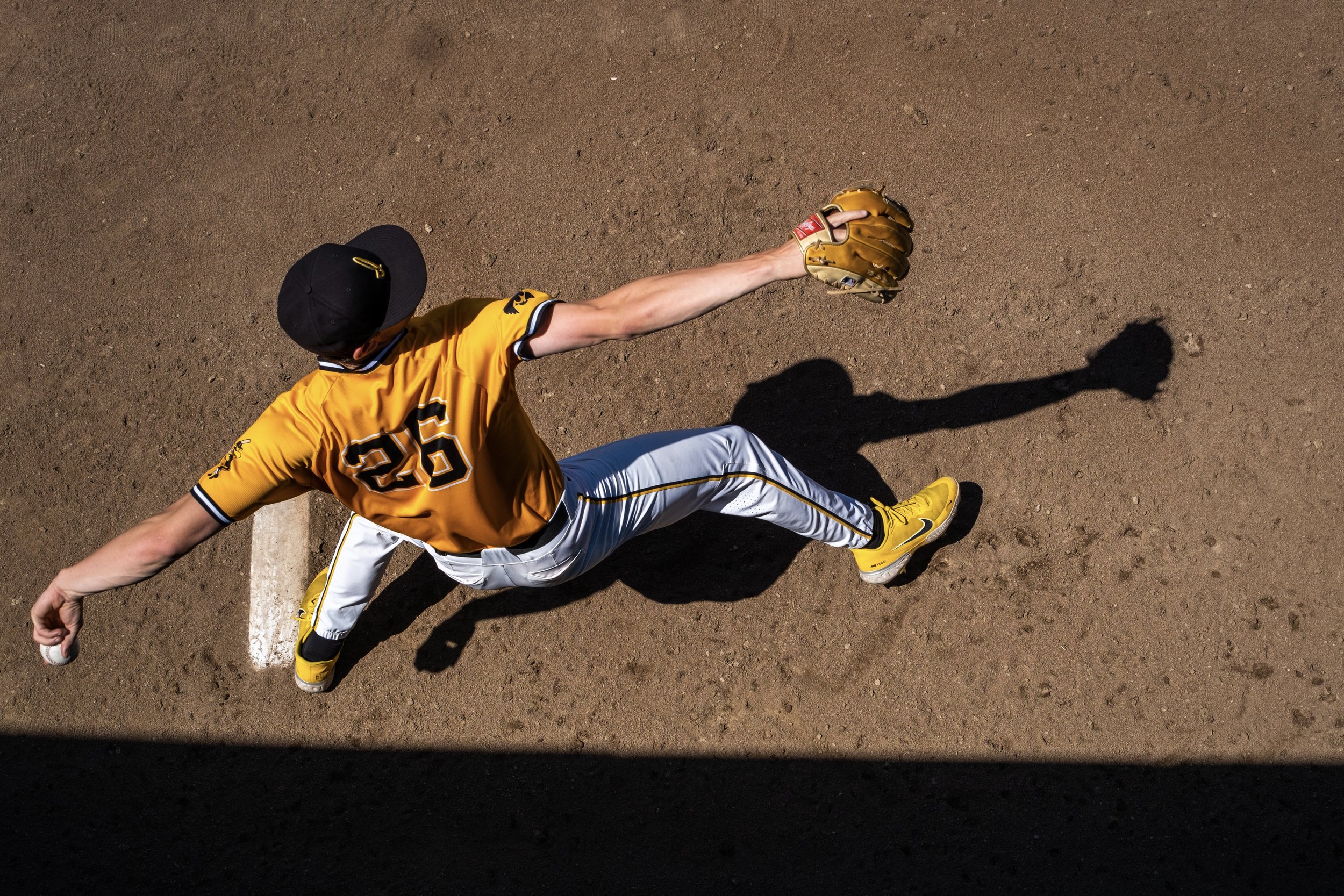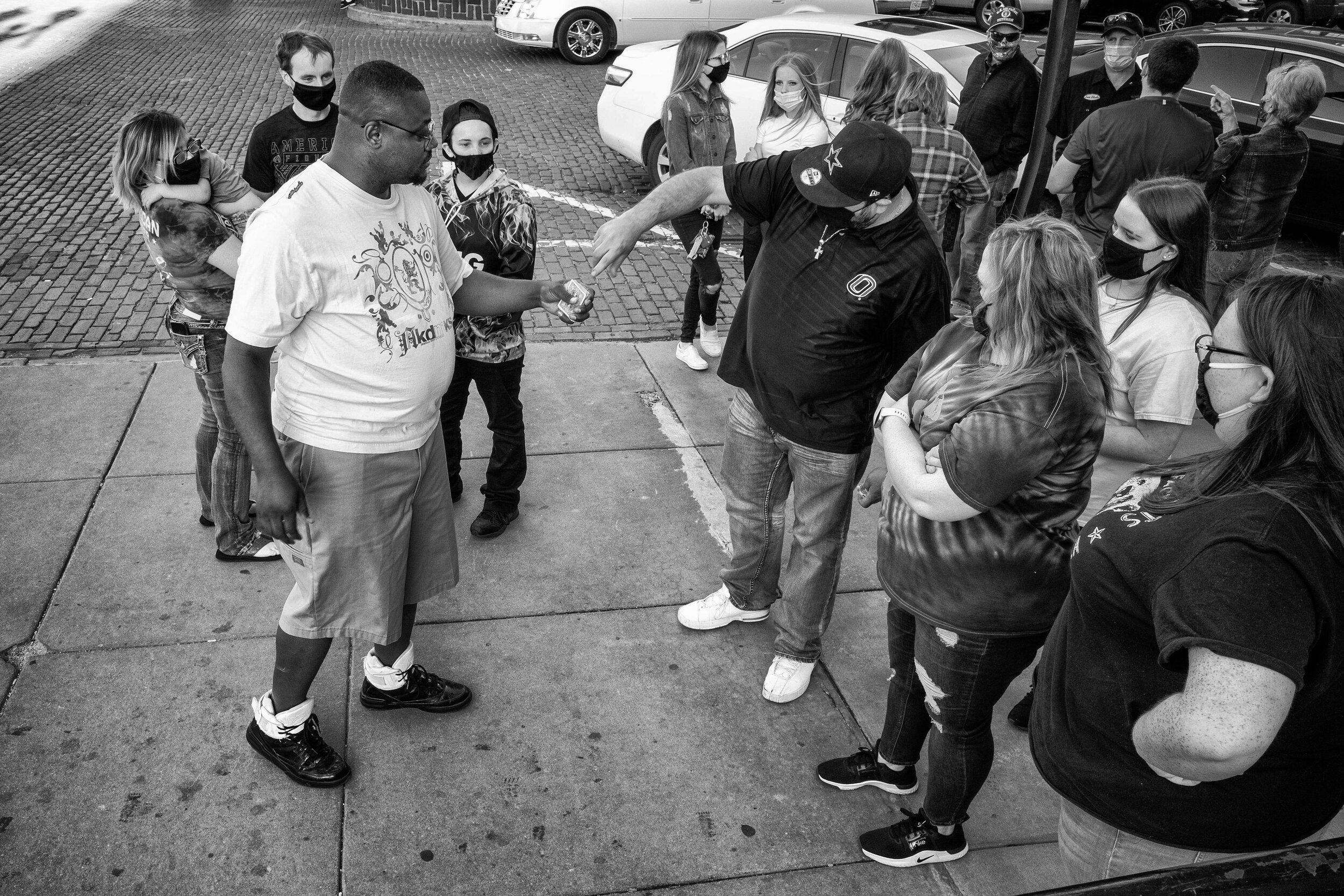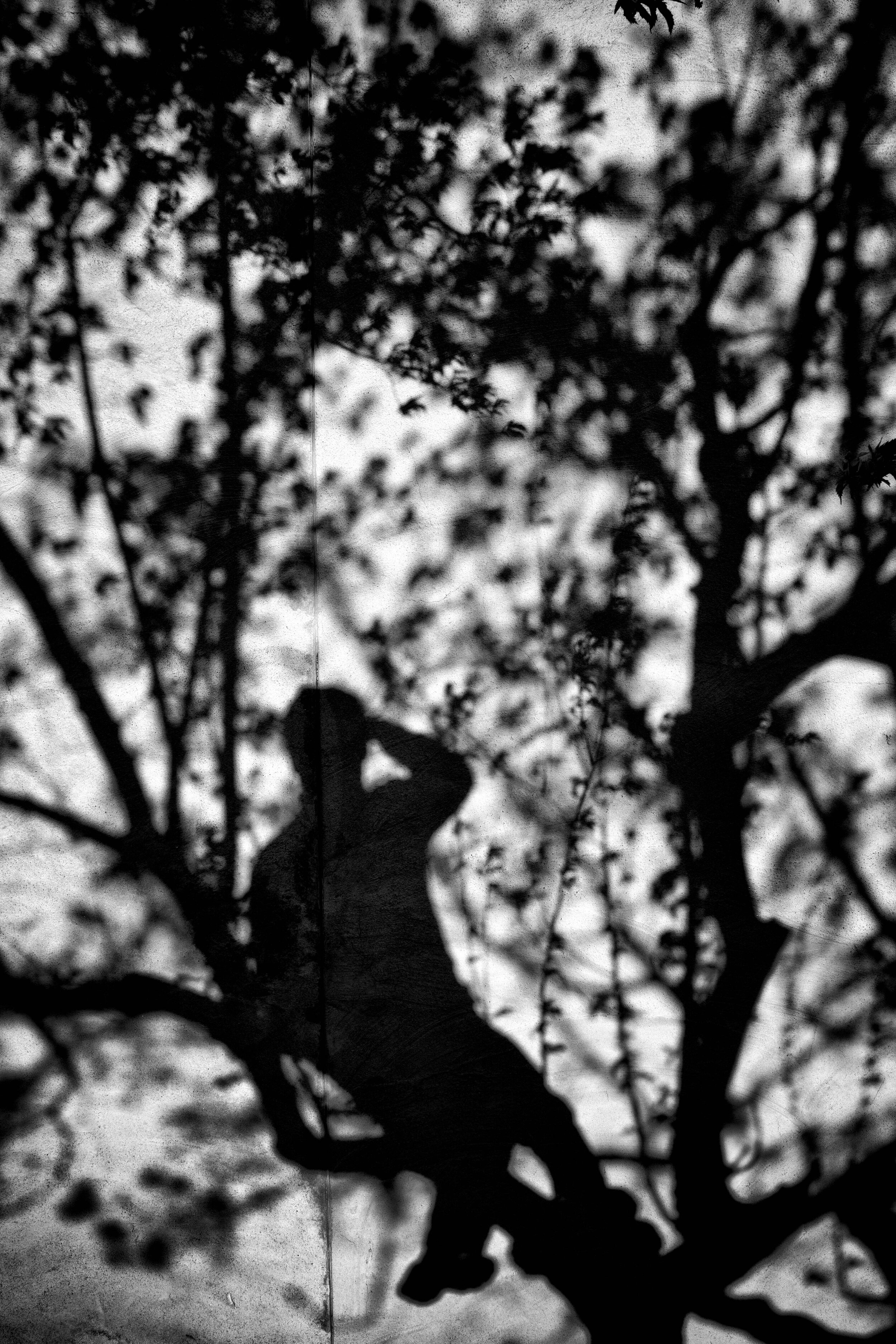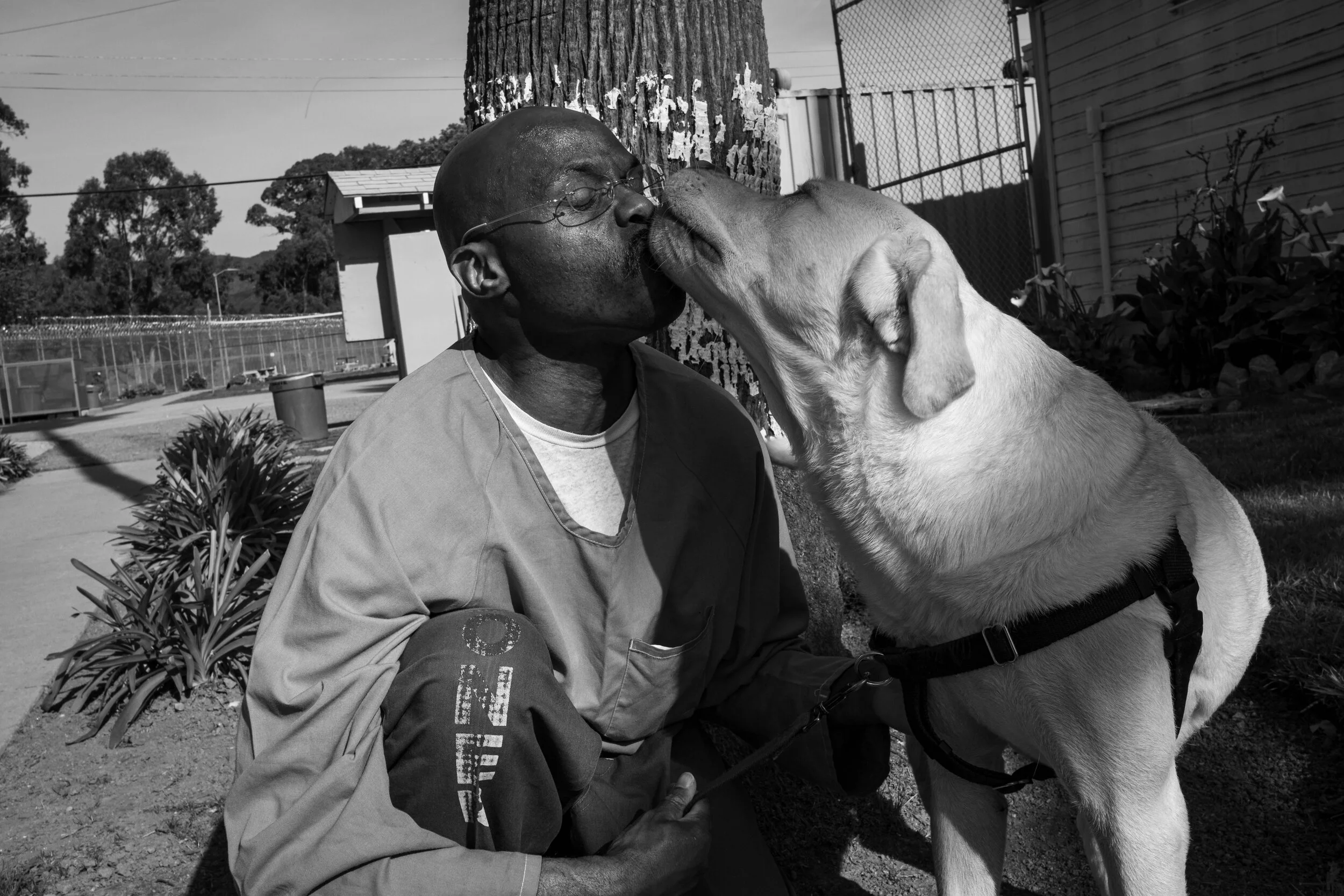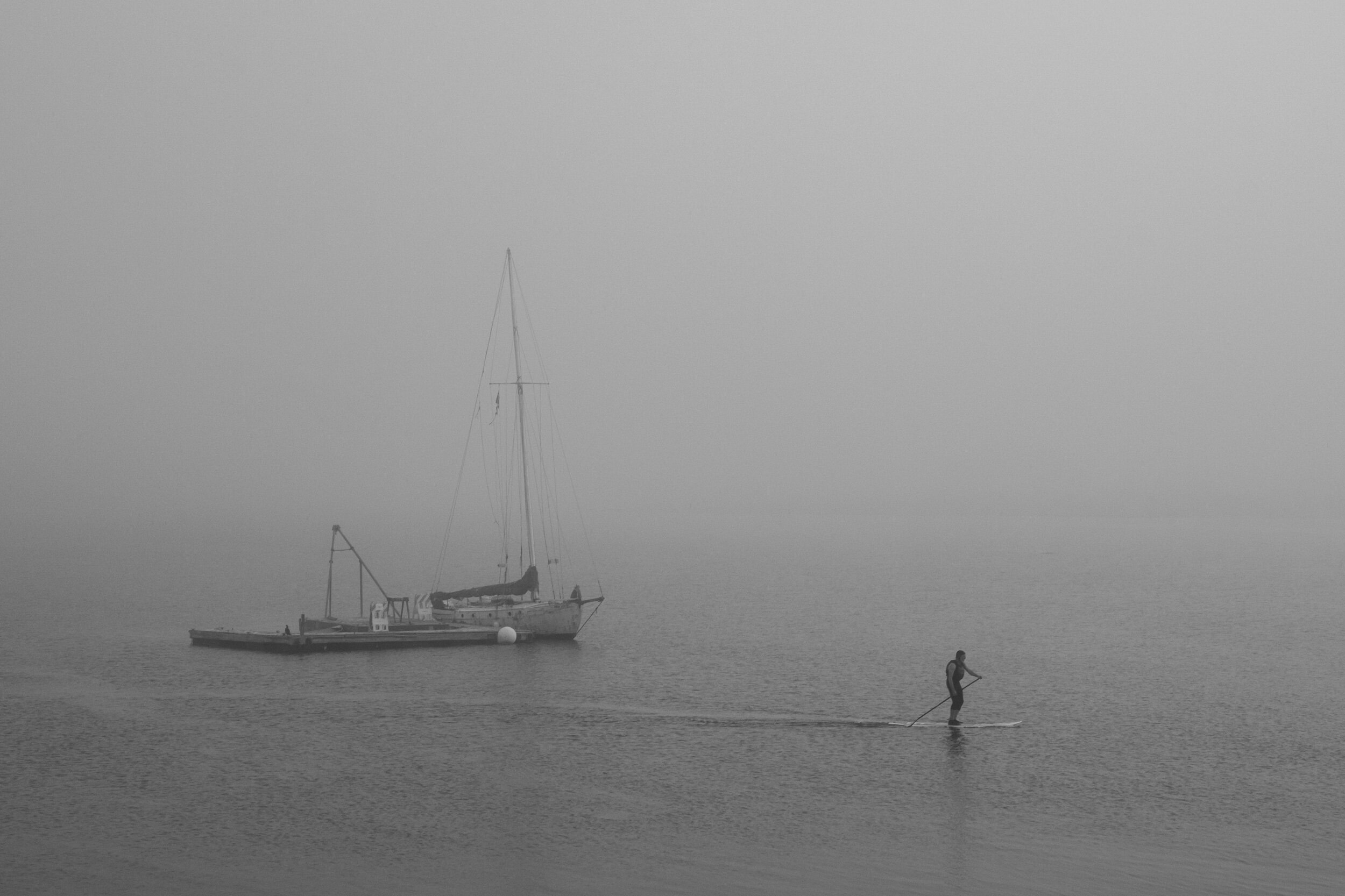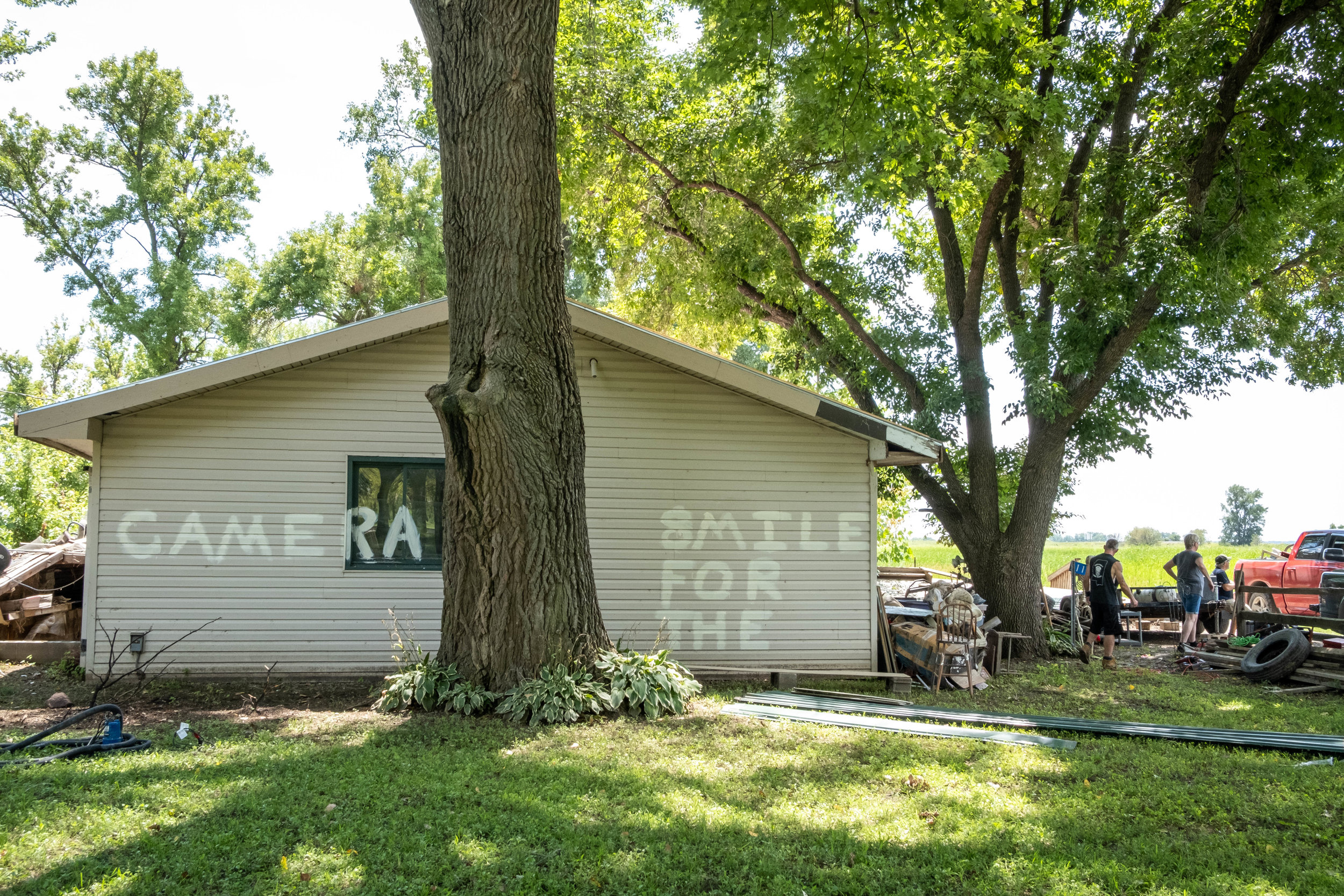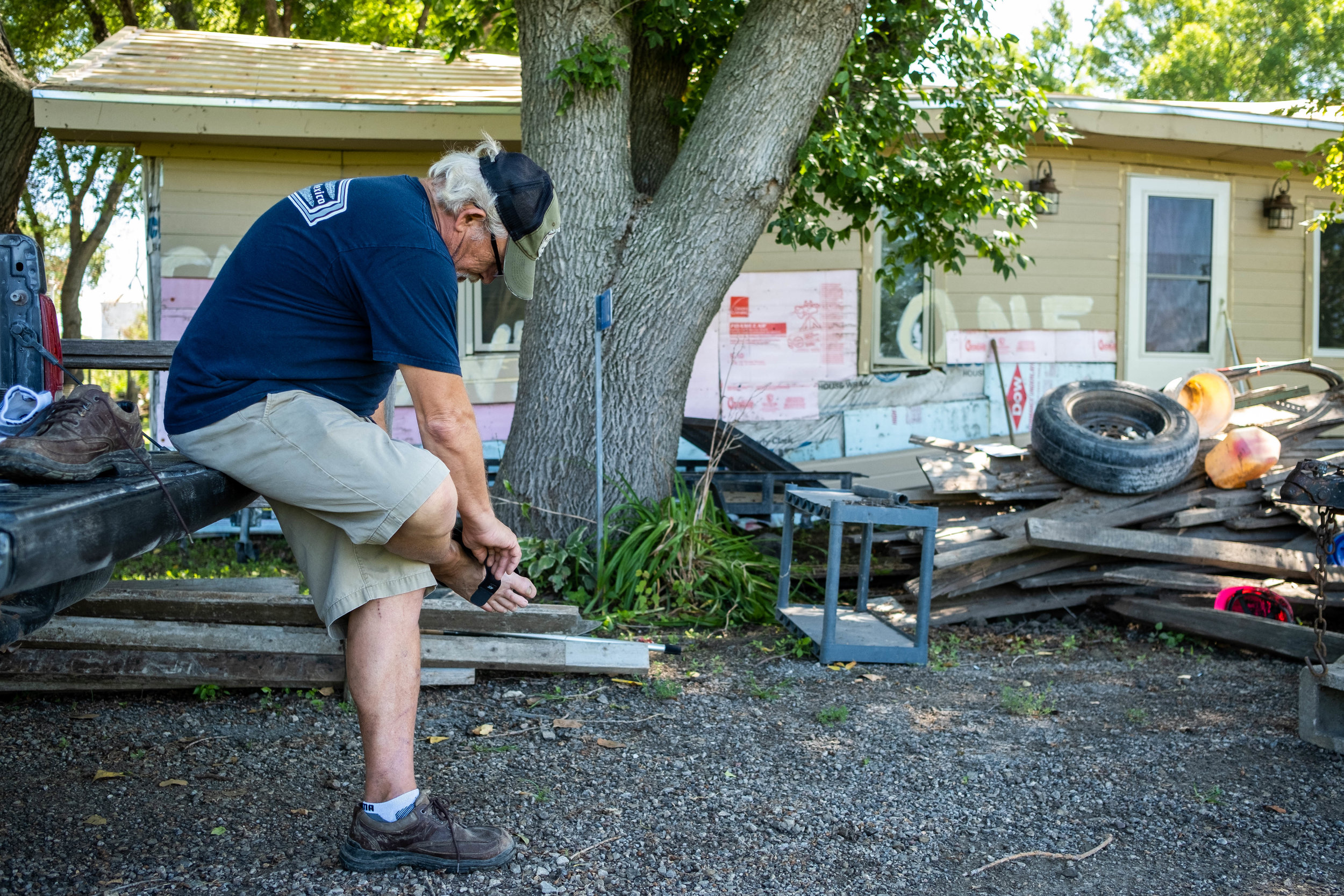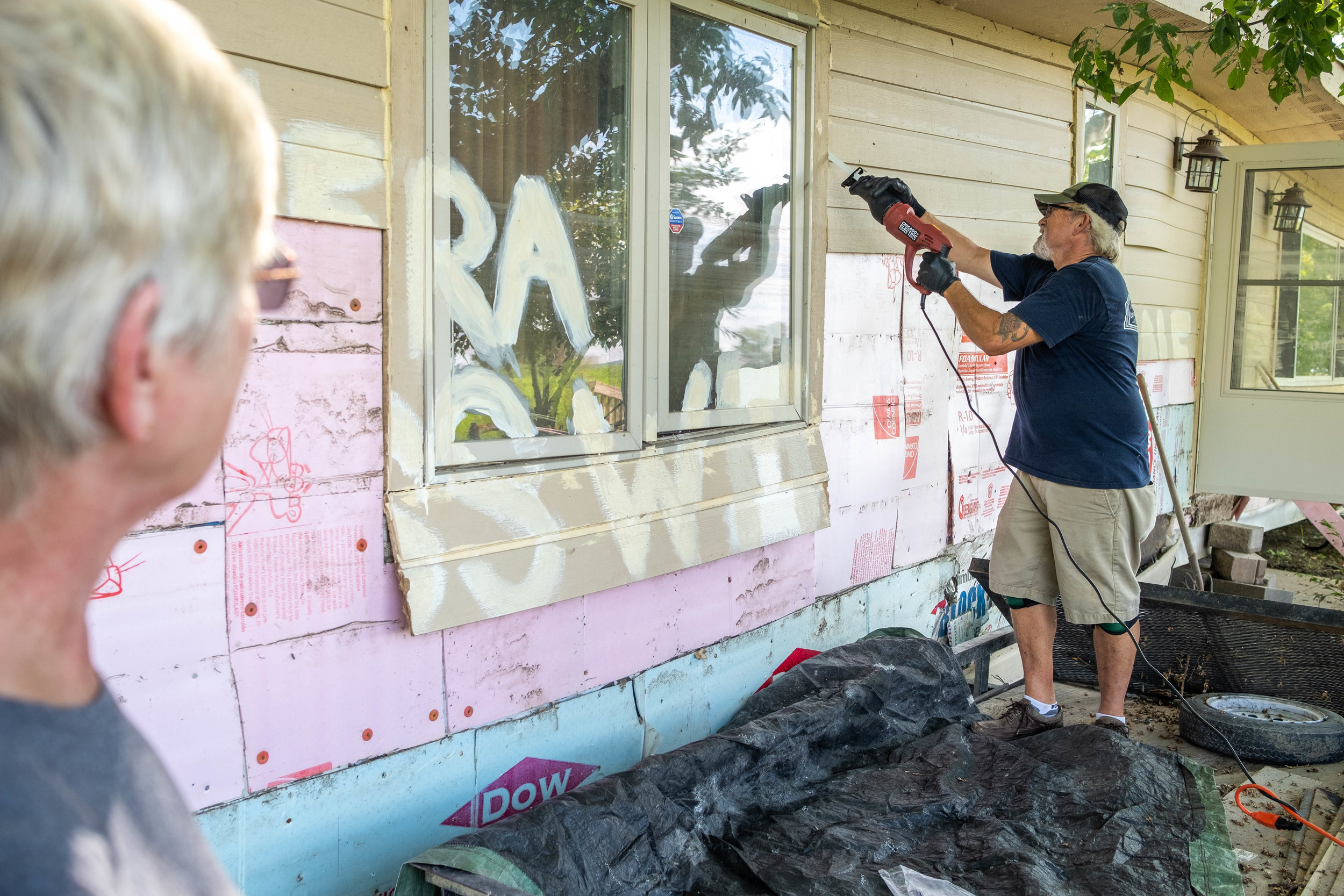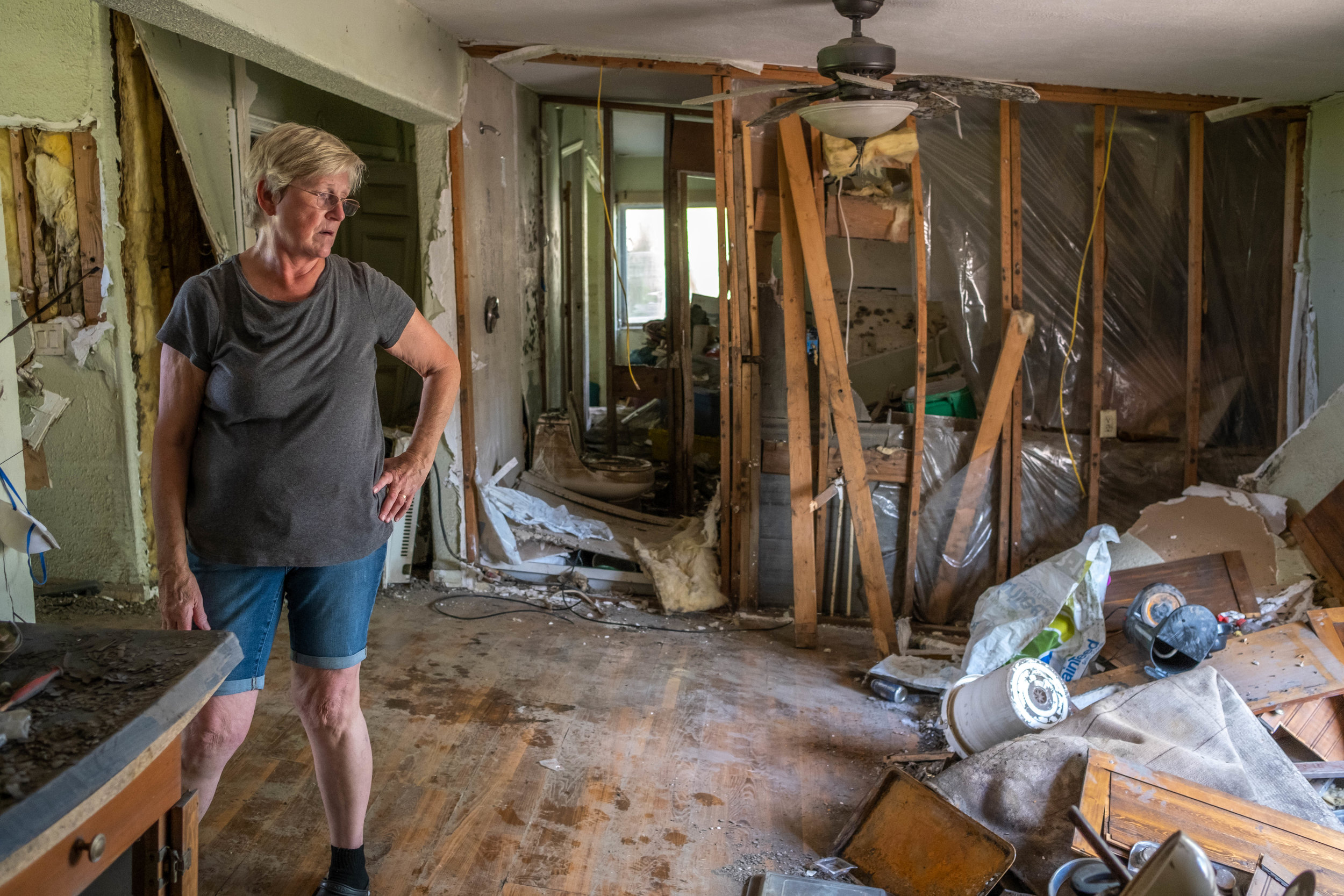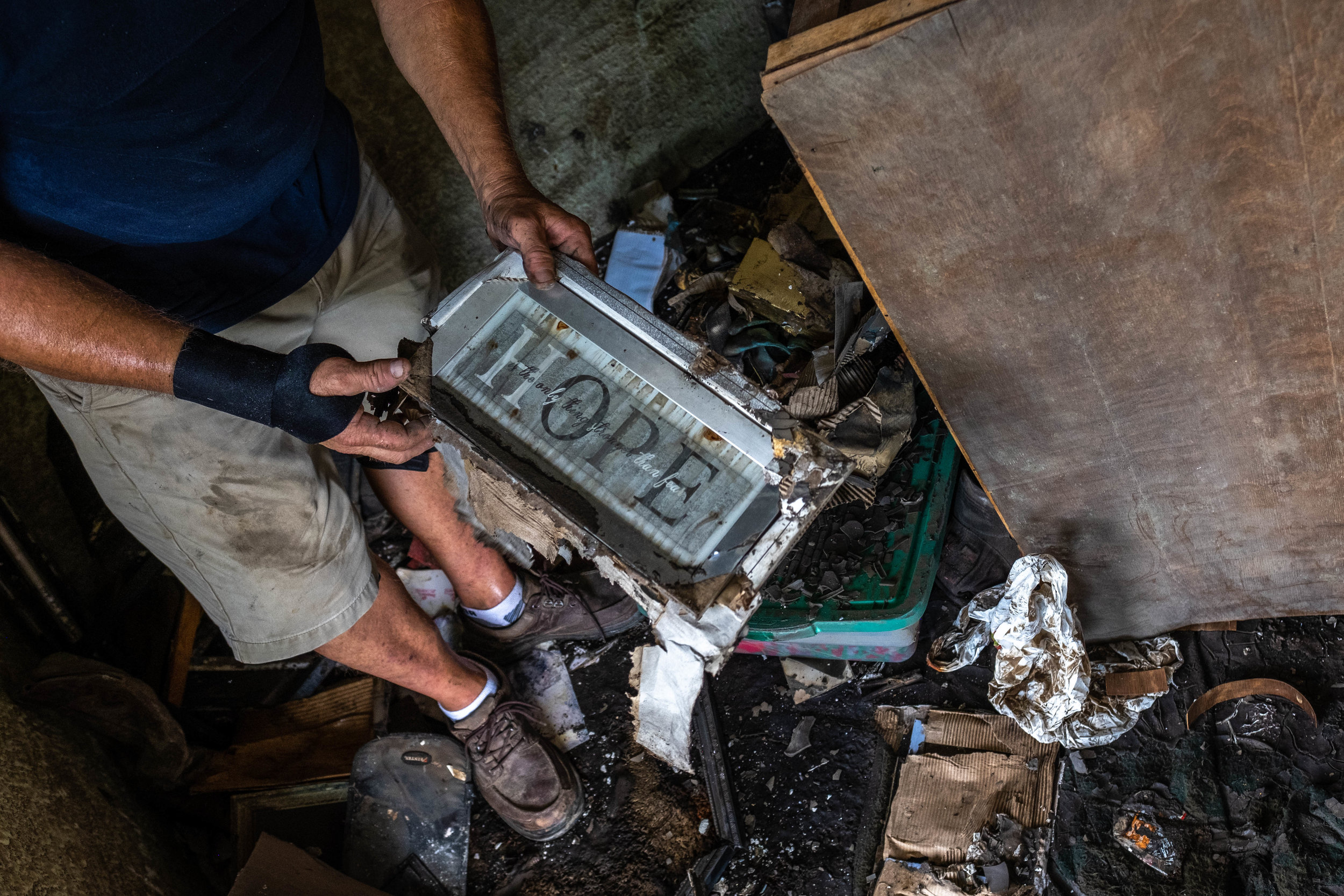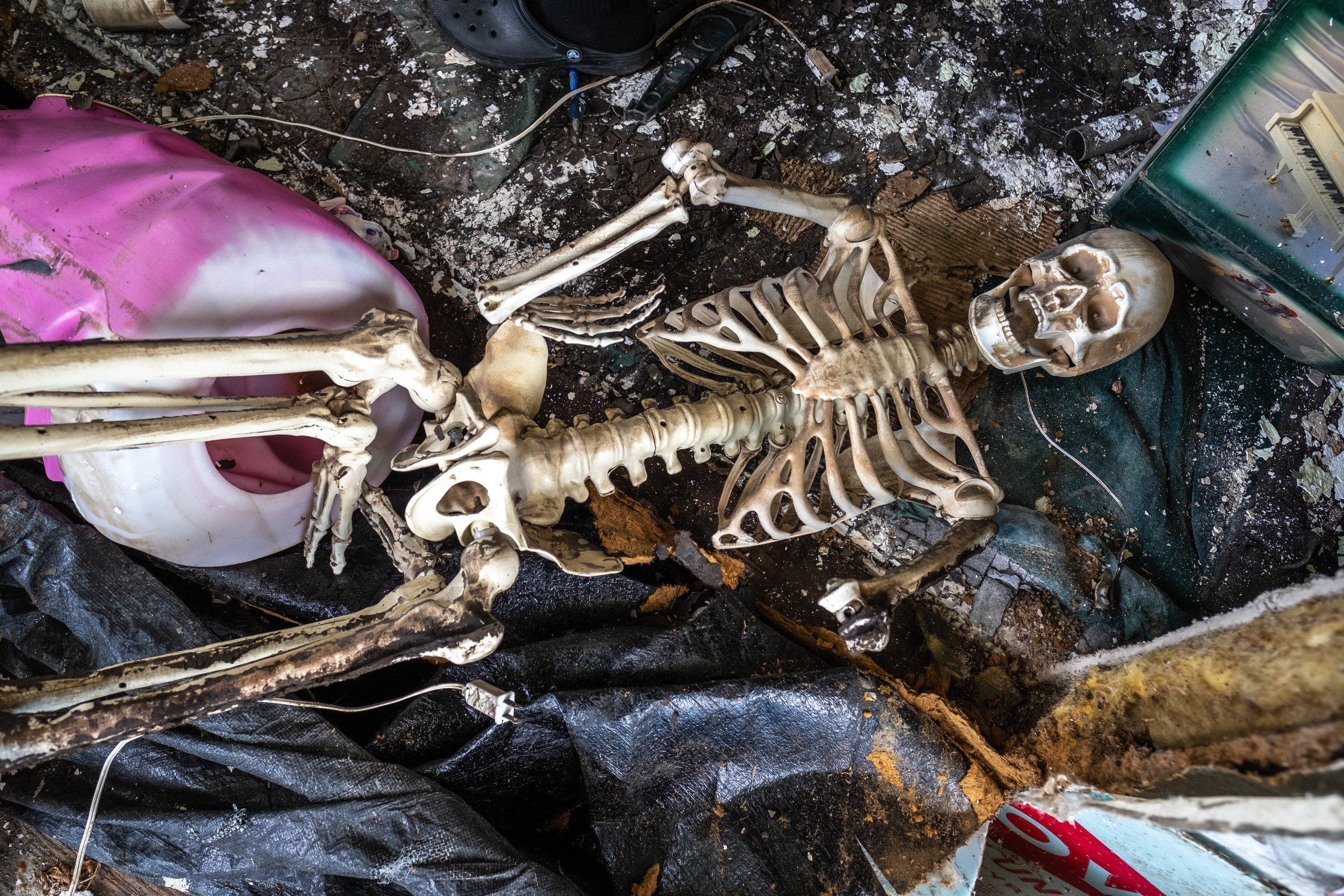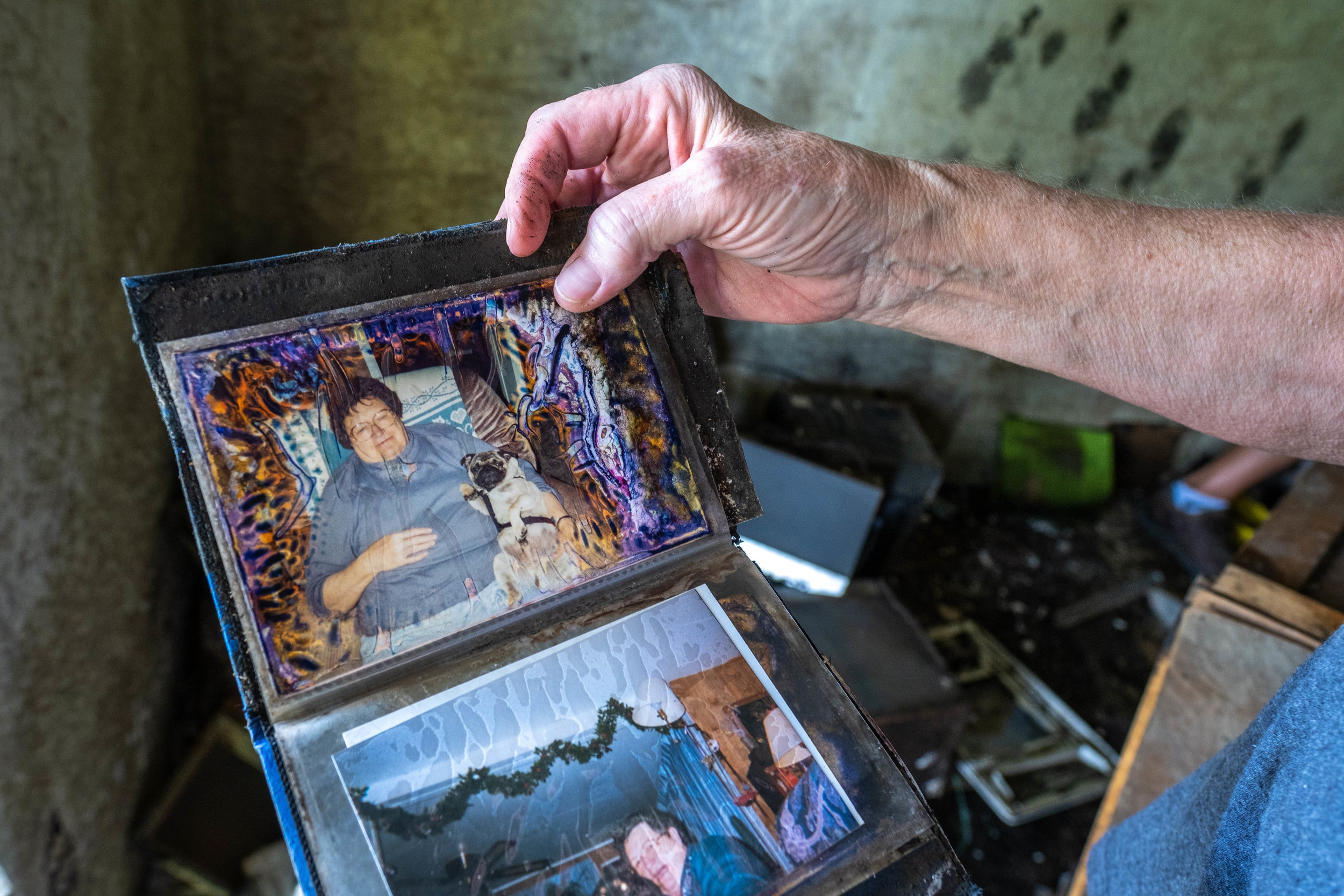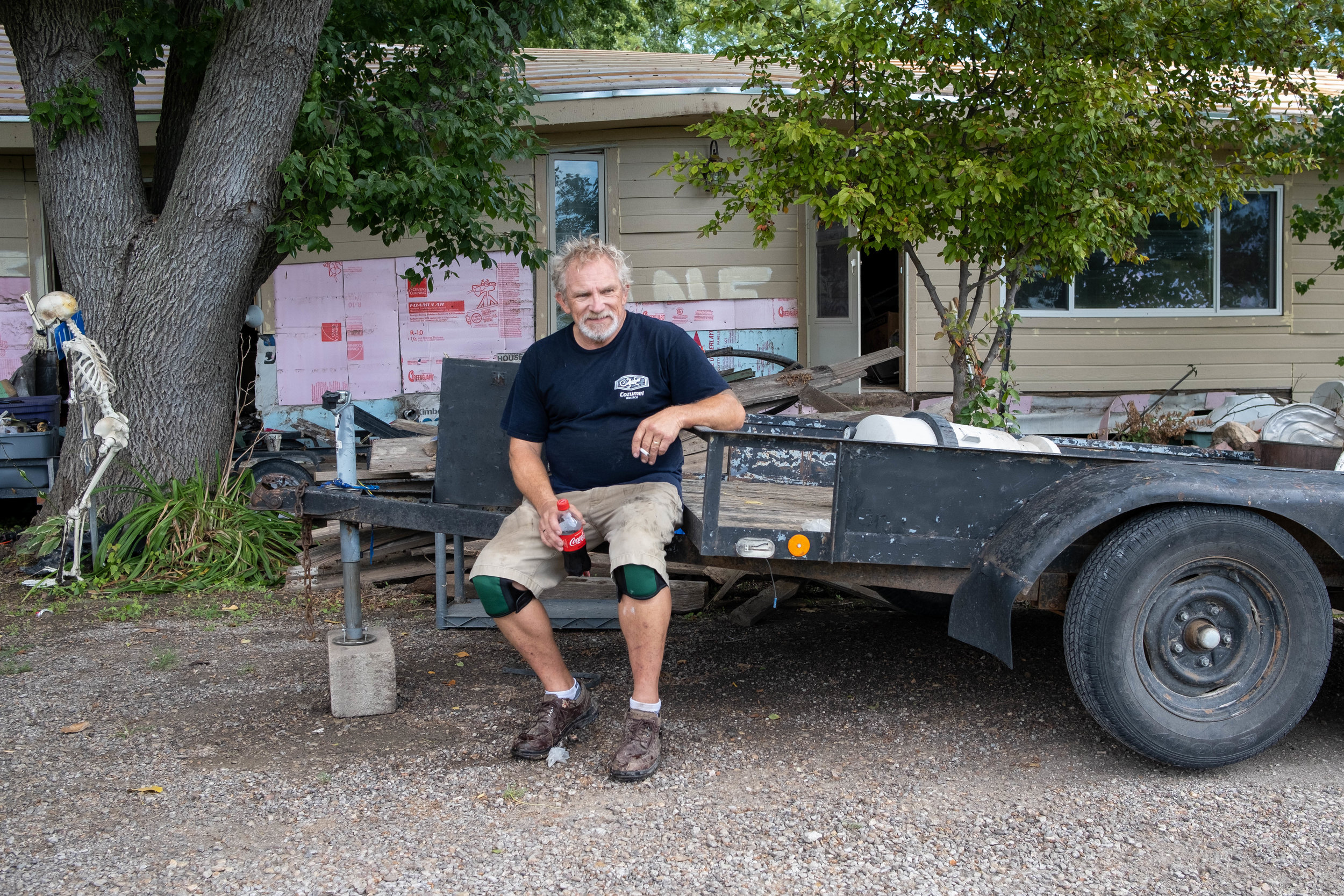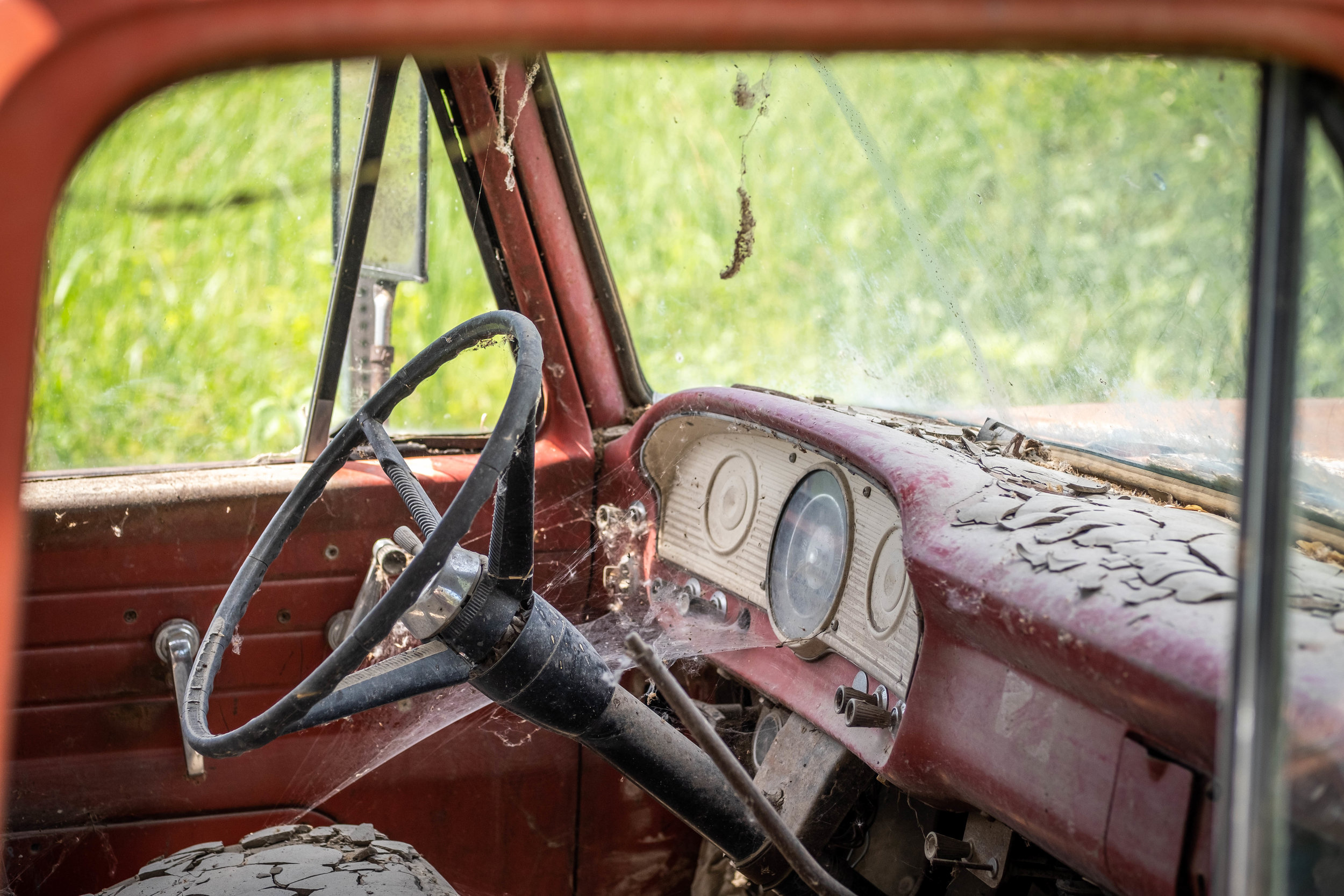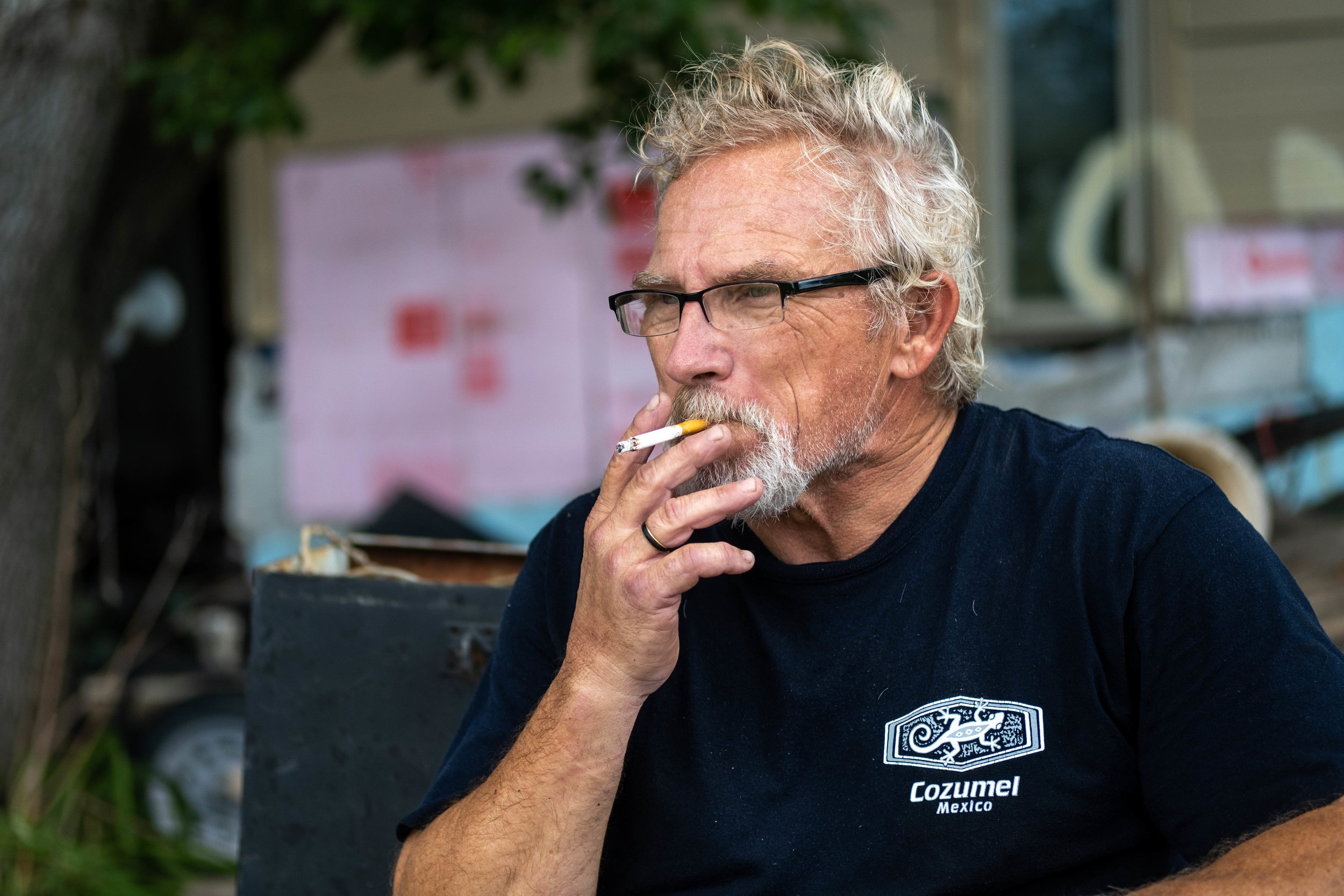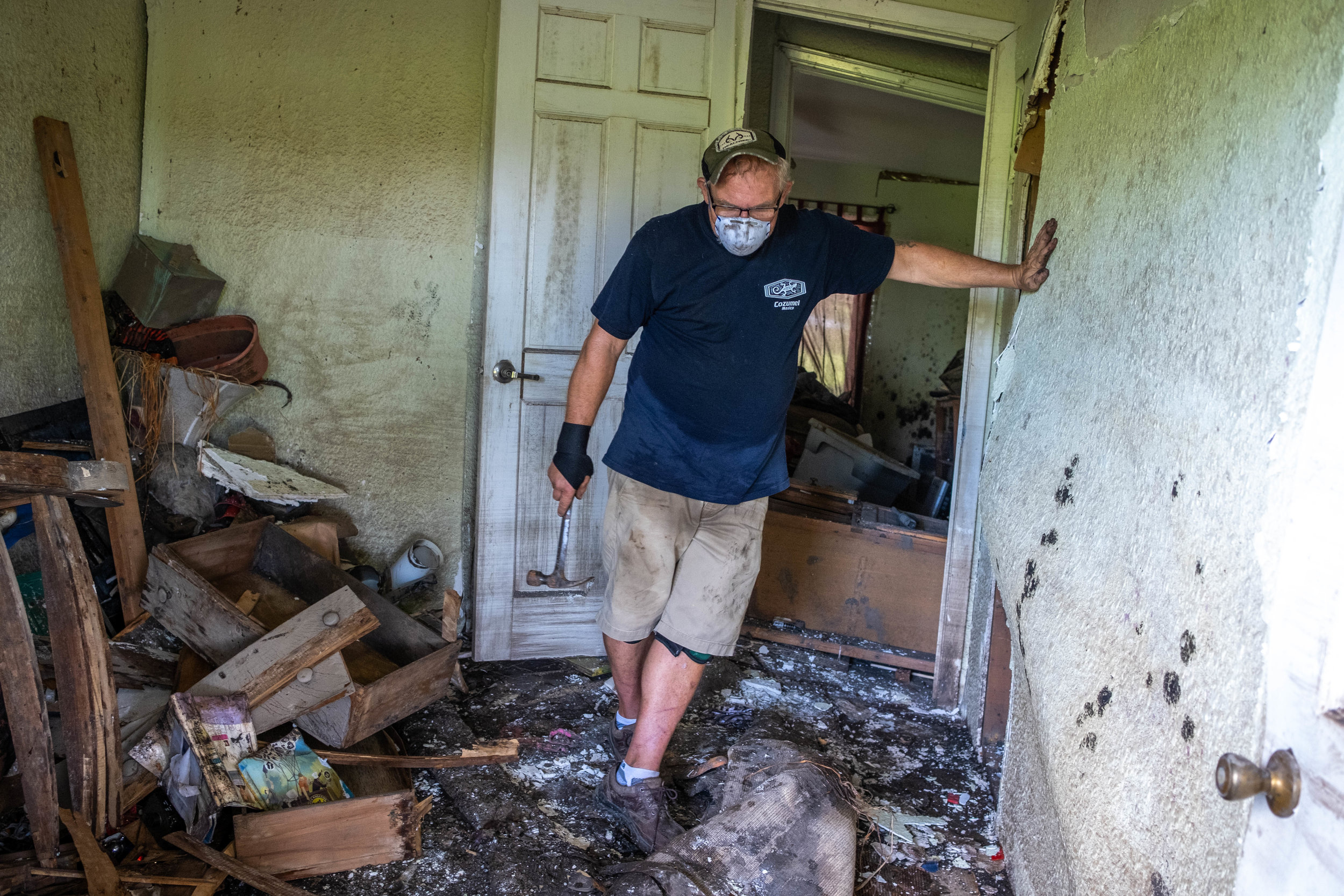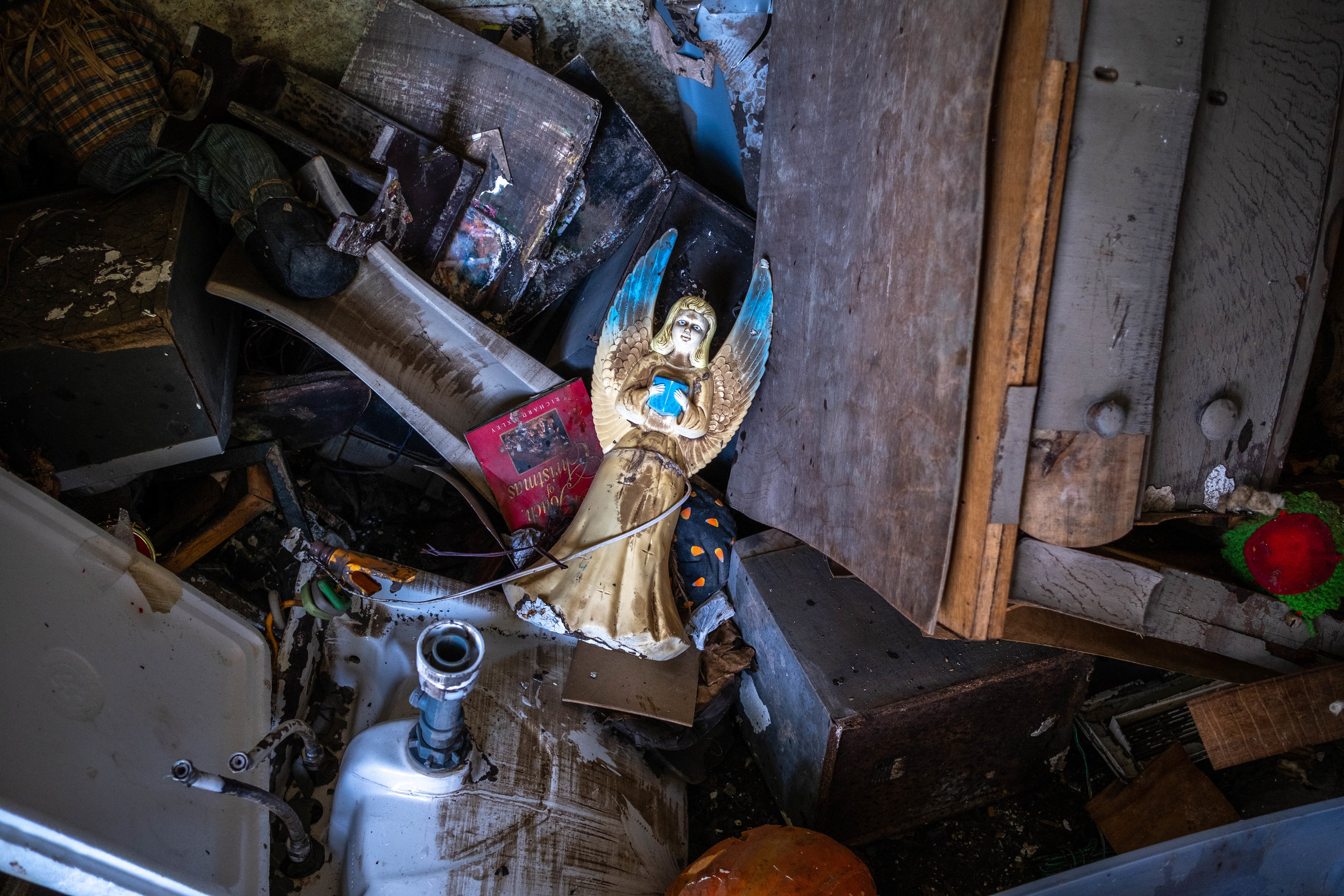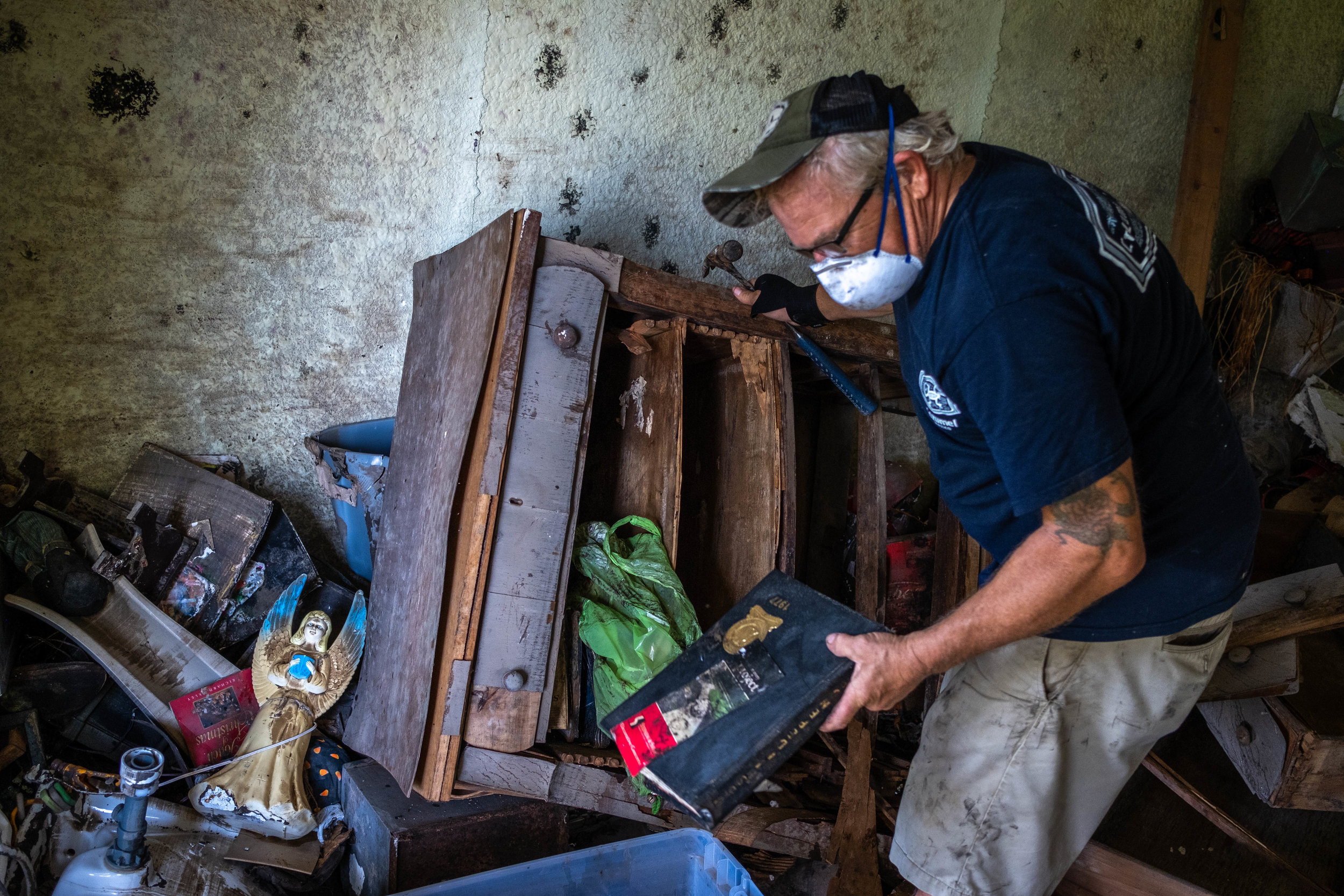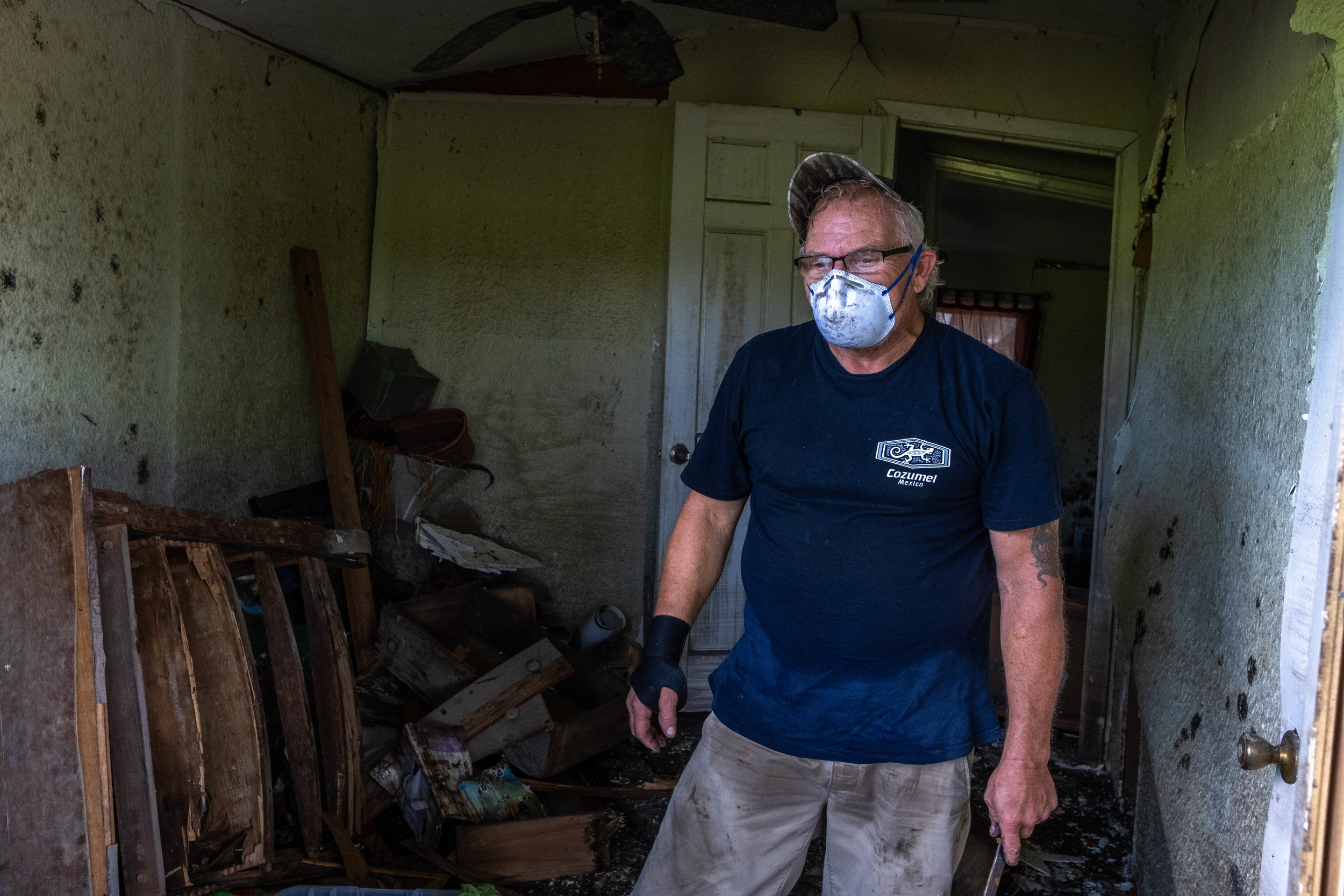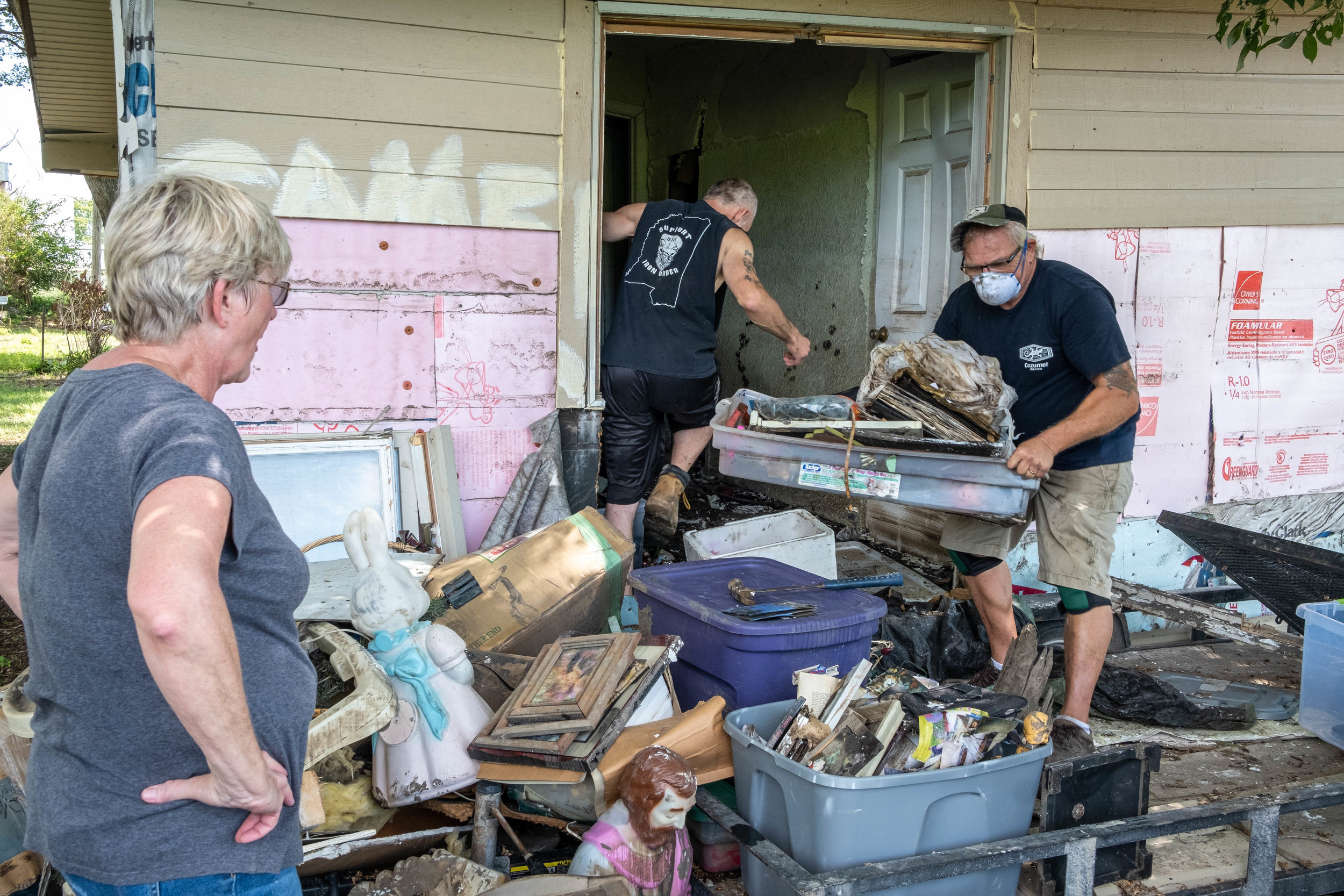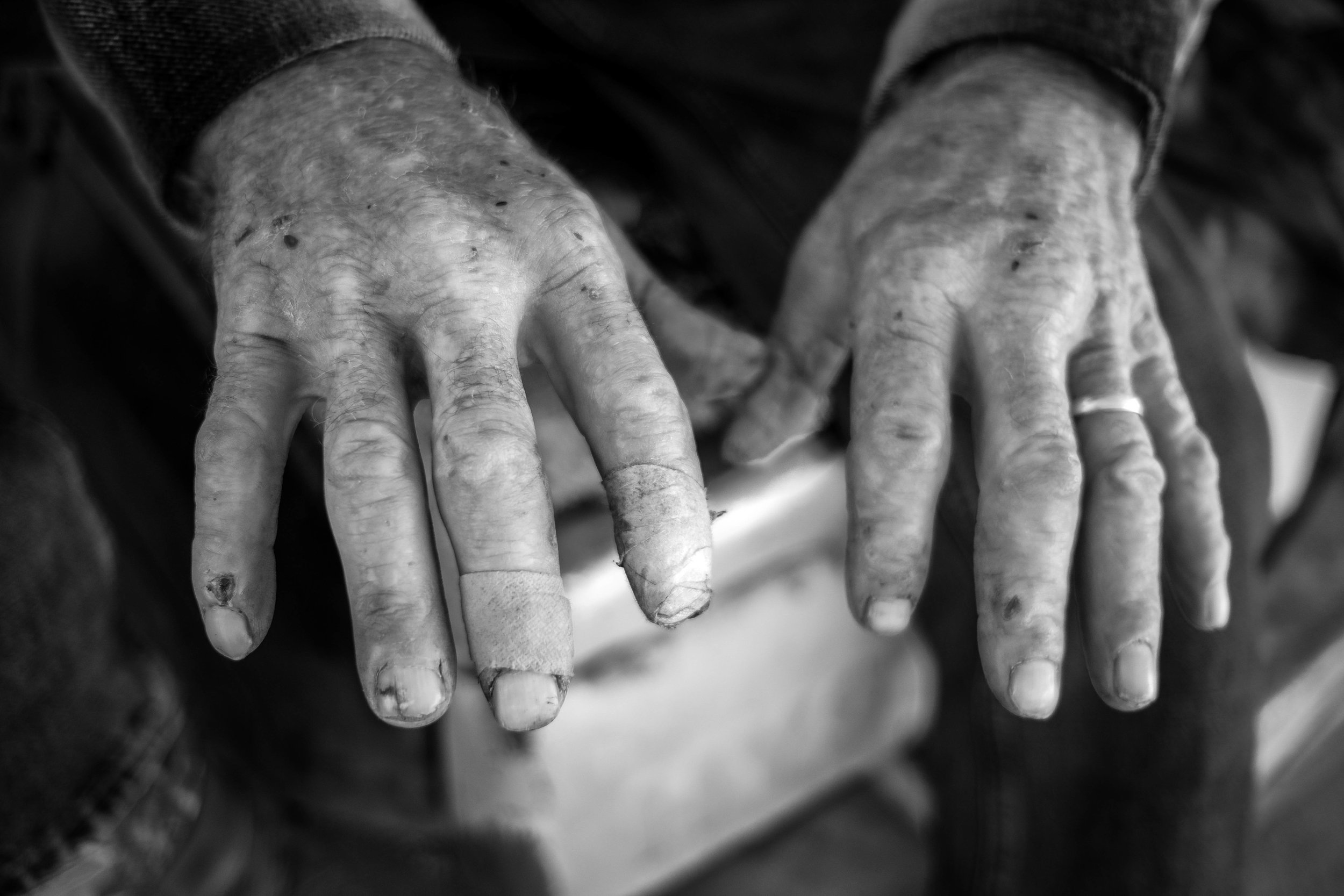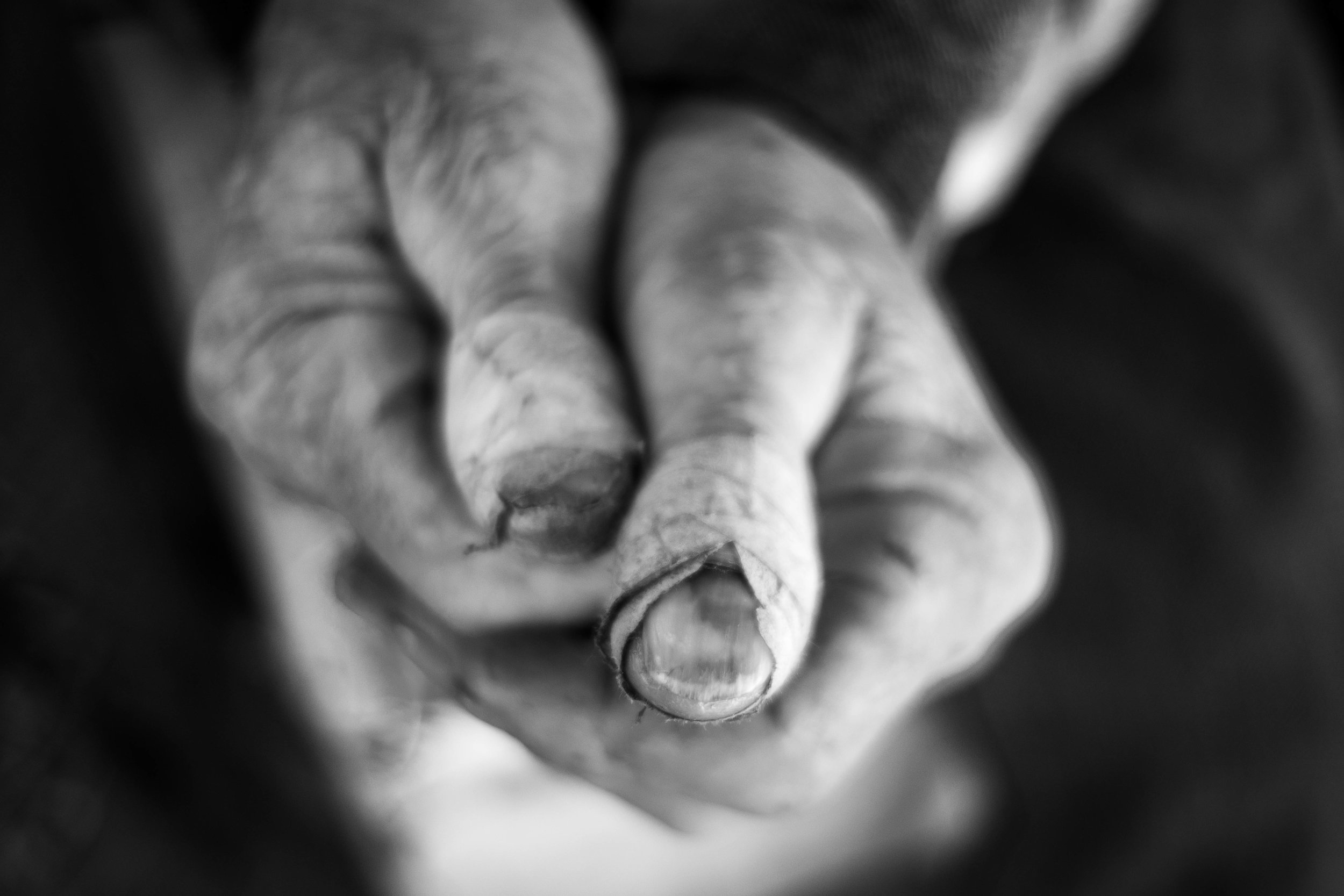Less than one day after I wrote a pledge to see and shoot in color (you can read that HERE) I happened upon a scene where color fought with and distracted from the drama of the main subject.
This is Sam. In my 28-plus years of working at QLI, a specialized rehabilitation center for people recovering from brain and spinal cord injuries, I’m not sure I’ve encountered anyone who works as hard in therapy as Sam. He’s a joy to document.
In the color version of this photo, his PT, Megan’s bright red hoodie, lures the eye away from Sam like the cape of a matador. Even the tiny pop of red on the exit sign above the door on the left is a small distraction.
This image is considerably more powerful. My eye now lands on the word “steel” first and then travels to the intensity of Sam’s expression. As I take in the remainder of the scene, Megan is now the final element I see, rather than the first.
It would be silly for a master mason to proclaim to the world that he only works with brick. A truly skilled mason is proficient in utilizing a wide array of materials (marble, stone, granite, glass block, etc.) The mason uses whatever the job calls for. Why do photographers feel the need to label themselves as either a color or black and white photographer? It feels limiting, if not a bit pretentious. Photographers should pivot depending on what works best for the project at hand. If it works for photo greats like Trent Parke, Bruce Davidson, Elliot Erwitt, Gordon Parks, it works for me.





























